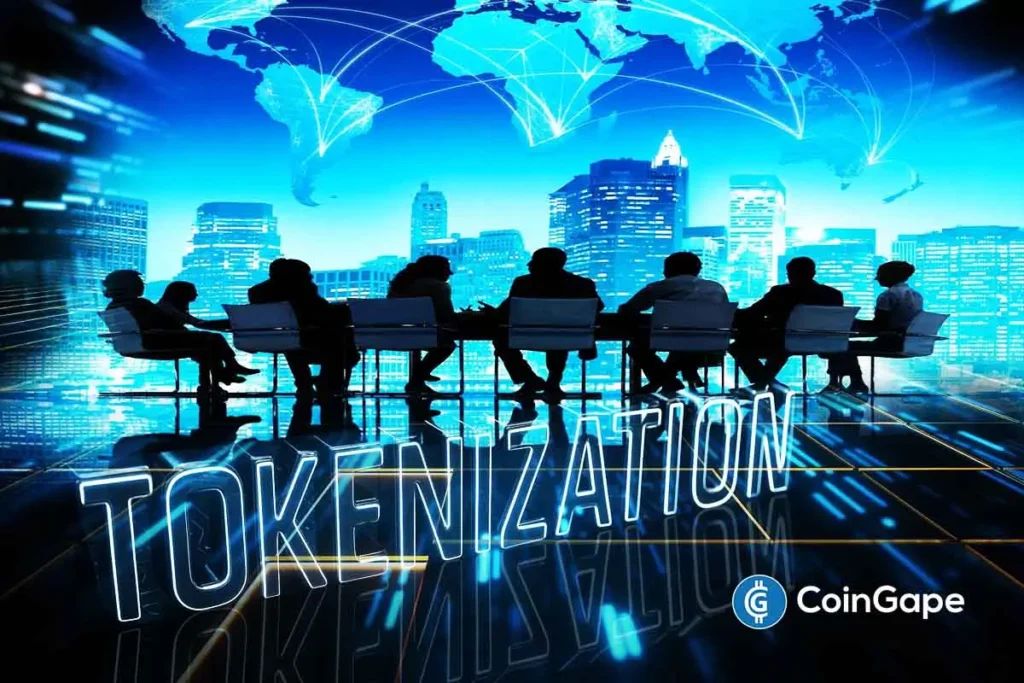Understanding Risks in Real-World Asset Tokenization: A Comprehensive Guide
Tokenization of real-world assets (RWAs) offers potential but comes with significant risks that investors should navigate carefully. This article delves into the primary concerns regarding custody, regulatory compliance, smart contract integrity, liquidity, and transparency when investing in tokenized assets.
1. Custody and Asset Security Risks
The safety of real-world assets while tokenized must be a top consideration for investors. A notable case is the collapse of Celsius in 2022, where users found themselves without access to their tokenized treasury assets due to a problematic custodial arrangement. The intertwining of the custodian and issuer in bankruptcy proceedings exemplifies the dangers posed by inadequate custody mechanisms. To safeguard investments, it’s essential to choose platforms that utilize independent and regulated custodians, provide clear ownership proof, and ensure that user funds are kept separate from company funds. This segregation prevents total loss during financial upheavals and maintains transparency regarding asset ownership.
2. Regulatory and Compliance Risks
As the market for RWAs surges, regulatory bodies are cautiously monitoring developments. Instances like the directive from the China Securities Regulatory Commission to major Hong Kong brokerages to halt tokenization plans highlight government’s ability to intervene rapidly, reshaping the landscape. Investors should align with platforms adhering to established financial regulations, holding the necessary licenses and engaging proactively with regulators. By doing so, investors protect their assets against potential regulatory changes and enjoy peace of mind knowing their investments are compliant.
3. Smart Contract and Technical Risks
Smart contracts are pivotal in RWA tokenization, as they govern asset representation on the blockchain. However, vulnerabilities can lead to catastrophic losses, as observed with BadgerDAO in 2021, which suffered a $120 million theft due to a contract exploit. Although not an RWA-specific event, it underscored the risks associated with poorly constructed smart contracts. Investors must opt for platforms employing audited smart contracts, bug bounty programs, and robust risk monitoring systems. These measures are crucial in minimizing exposure to technical weaknesses and ensuring the integrity of the smart contract infrastructure.
4. Liquidity and Redemption Risks
Investors are often enticed by the promise of high returns through tokenized assets but may encounter liquidity challenges when attempting to sell or redeem tokens. Early experiments with tokenized real estate in 2020 revealed a significant gap; while many buyers were interested, a robust secondary market was lacking. This absence meant that investors wanting to exit found themselves unable to sell their holdings. Therefore, selecting platforms with active secondary markets and transparent redemption processes is vital. A clear demand for these assets outside the crypto sphere can enhance liquidity and facilitate smoother transactions during adverse market conditions.
5. Transparency and Governance Risks
In tokenized assets, trust companies frequently serve as intermediaries between the token and its underlying asset. This setup can grant the issuer considerable control over asset management, often creating transparency issues. If the trust structure fails or is compromised, investors may find themselves without adequate safeguards. Hence, it’s crucial to understand who is in control of the asset, the data governance, and the operational rules. Investors should prefer platforms that demonstrate transparency, such as those employing independent audits, providing clear on-chain governance, and allowing visibility into decision-making processes regarding asset management.
6. Conclusion
The landscape of real-world asset tokenization is evolving rapidly, posing numerous risks that investors must be mindful of. By understanding custody and security risks, regulatory landscapes, smart contract vulnerabilities, liquidity challenges, and transparency issues, investors can make informed decisions. In this dynamic environment, choosing the right platforms with robust security, regulatory compliance, and transparency can mitigate risks and pave the way for a fruitful investment journey in the tokenized asset market. As tokenization continues to gain traction, staying informed and vigilant is paramount to safeguarding one’s investments.


